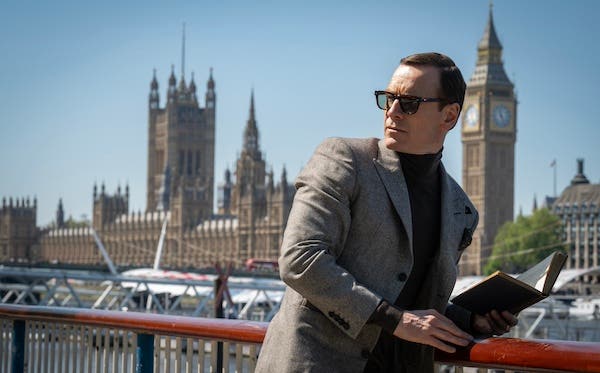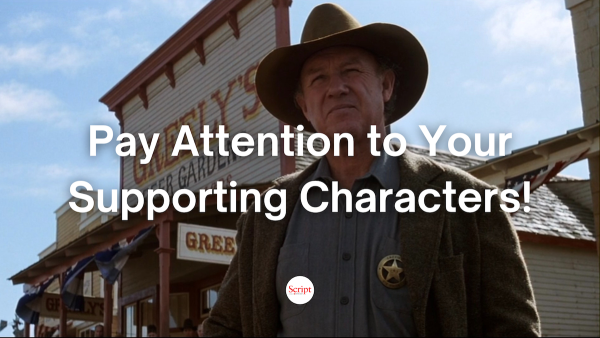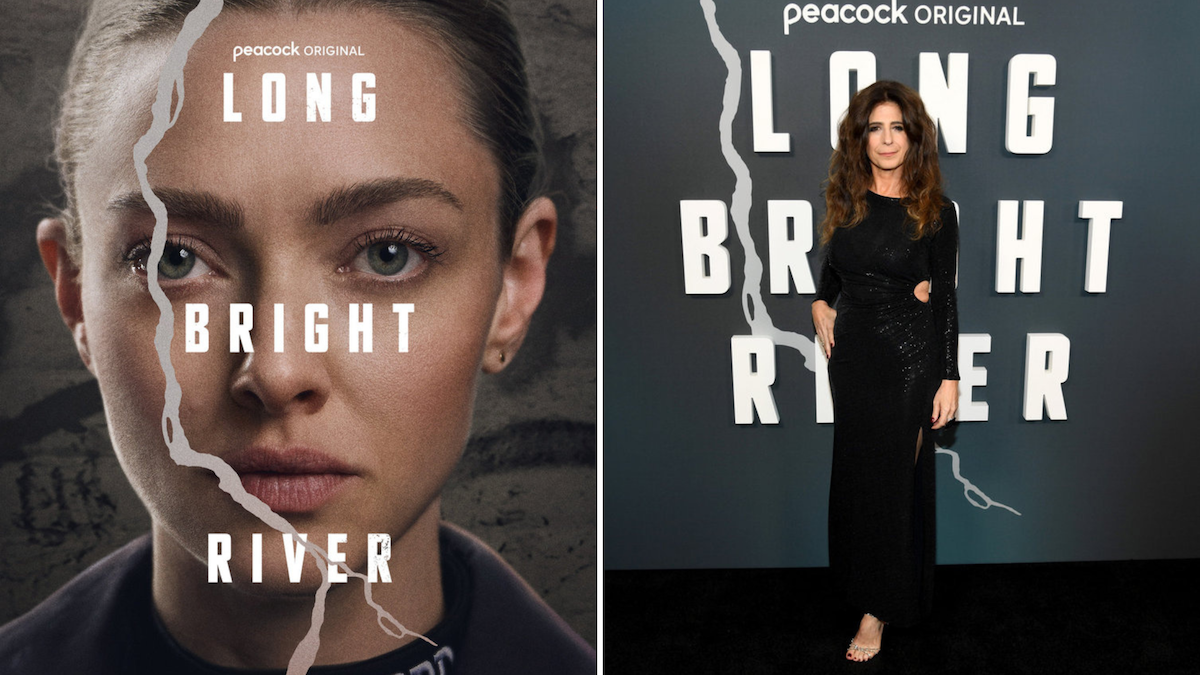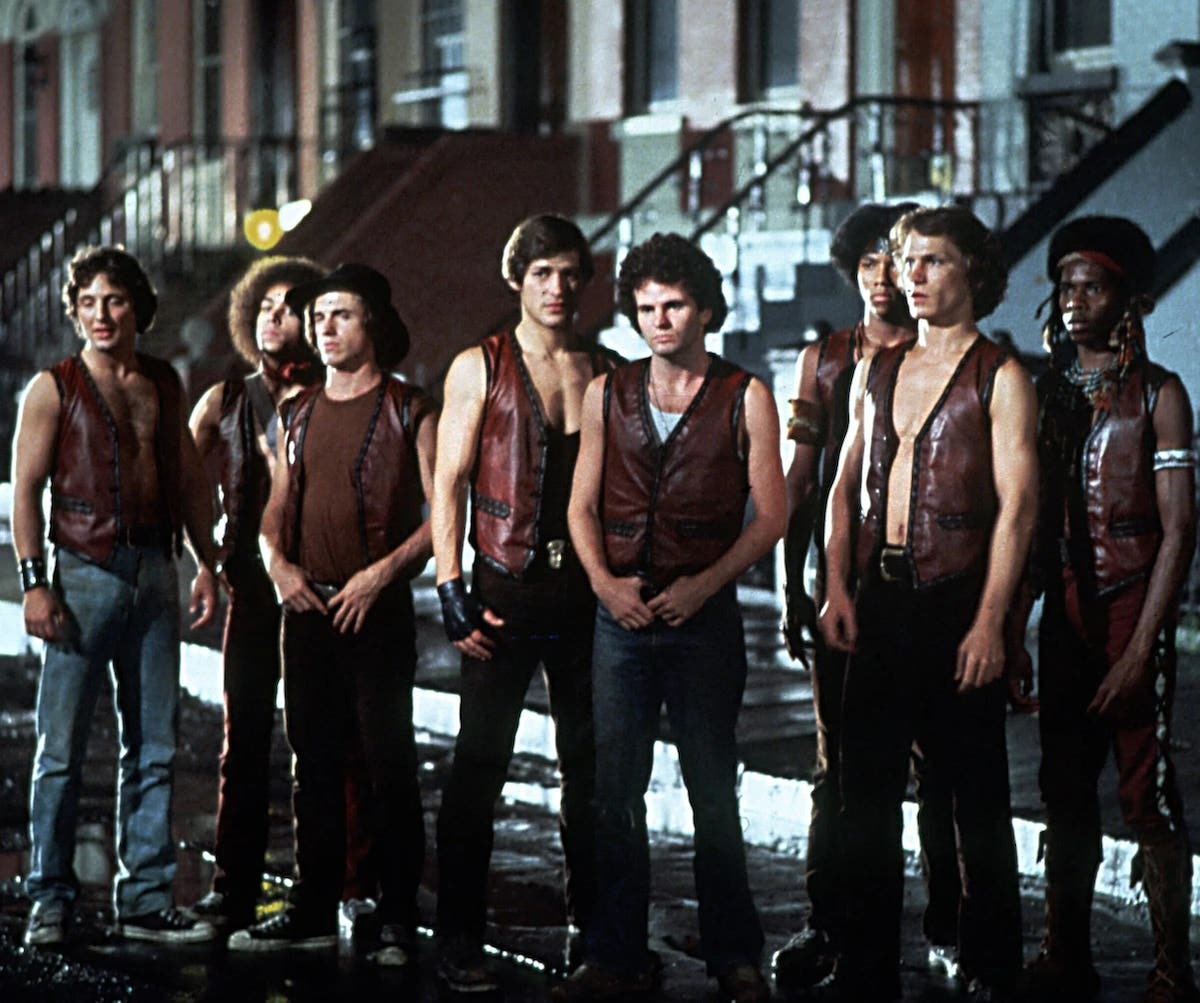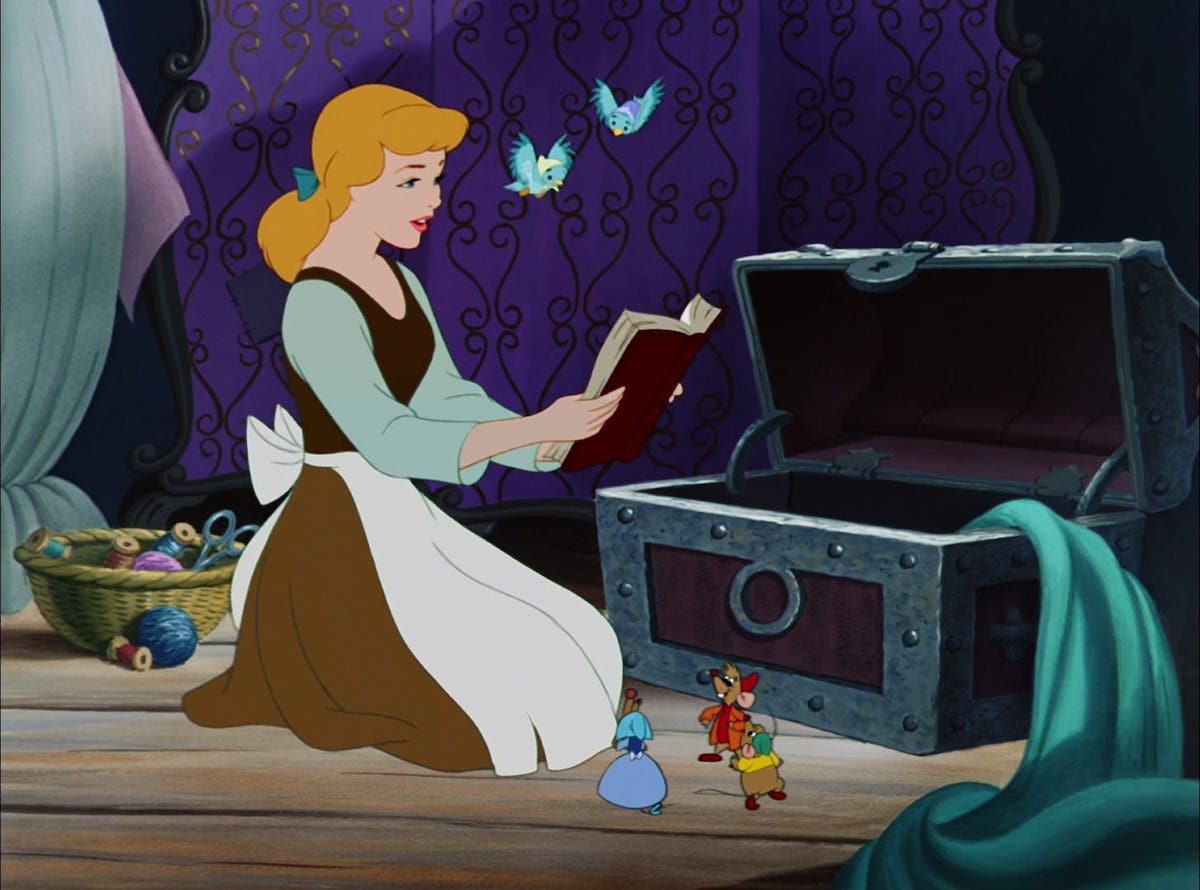Meet the Reader: ‘King Kong’ and the Art of Script Revision
A few weeks back, I had the opportunity to visit the RKO collection at UCLA’s Charles E. Young Research Library, where I got the chance to read all five drafts…
A few weeks back, I had the opportunity to visit the RKO collection at UCLA’s Charles E. Young Research Library, where I got the chance to read all five drafts of the screenplay for the original King Kong.
This was a big treat for me because the 1933 classic is my favorite movie of all time.
(Shameless plug #1: a few years back, I wrote a book about the great doomed god of Skull Island called King Kong: The History of a Movie Icon. Check it out!)
Pouring over these drafts was compelling for many reasons: it was quite cool to see how differently screenplays were formatted eighty years ago than they are today (they looked a lot more like play scripts and there was lots of double spacing); it was fun to be reminded that that scripts back in those far-before-computer days were banged out on old fashioned, super-thin typing paper (do they even make typing paper any more?); it was also more than a little bit mind blowing to realize that the raggedy folder of paper that I held in my hand, which back then was just one of hundreds of scripts written in Hollywood that year, was the beginning of a phenomenon that would generate a classic film; six more very popular follow-ups (including two full-on remakes); several generations and millions of fans; hundreds of books, posters, toys, games, and other merchandise items; several revolutions in visual effects, film technology, and motion picture scoring; and one absolutely awesome, indisputable and indelible cultural icon.
However, the most intriguing part of the experience for me was to have the opportunity to see how the Kong story developed.
The first draft of the screenplay (penned by the British mystery author Edgar Wallace from an idea by the film’s producer/co-director Merian C. Cooper) contained a narrative that was very far from the one we have come to know and love – the only things it had in common with the final version was the character of Kong himself, the remote island populated by dinosaurs, the notion of Kong running off with a girl, and his scaling of the Empire State Building (where he was killed by lightning bolts, not airplanes) at the end.
All of the other key elements of the story -- notions so indelible to the narrative that it seems impossible to imagine that they were not part of the concept from the very beginning, including the expedition mounted by a documentary movie producer; the down-on-her-luck actress who becomes Kong’s inamorta; the native, Kong-worshiping tribe of natives and their giant wall; the great ape’s presentation at and escape from a Broadway theater; Kong’s final battle with a squadron of biplanes; and, most importantly, the element that transformed the Kong concept from a simple adventure yearn into the modern myth that it has become (and gave it its classic final line): the story’s “Twas Beauty killed the Beast” theme – all were added to the piece later, in the four subsequent drafts of the script (written by James A. Creelman, an uncredited Horace McCoy, and Ruth Rose).
This eighty-year trip back in time reminded me of how important rewriting is to the screenwriting process.
“Writing is rewriting” is one of the great writing axioms and also one of its truest. Writing is a developmental process -- the first draft is the one in which you get all your ideas on paper, but unless you are the screenwriting equivalent of the no crossouts, taking-dictation-from-God Wolfgang Amadeus Mozart, that’s only the beginning of the process. It is in the rewriting and rethinking and reworking that your original ideas are sharpened and focused and where they acquire depth and layers and meaning. The great screenwriter (and novelist and film director) Nicholas Meyer wrote elegantly about this developmental process in his terrific 2009 memoir The View from the Bridge, when he recalled his writing of the script for 1982’s highly regarded Star Trek II: The Wrath of Khan:
“As I was putting the pieces together, I became aware…[that] certain themes in the story were beginning to emerge like details of a brass rubbing, the consequences of plot juxtapositions I had made [in the first draft] with no time to justify them…These themes were friendship, old age – and death. As I became aware of these ideas—implicit in the new narrative—I began writing into them, so to speak, investigating, developing, and sharpening the story’s implications as I discovered what they were.”
To put it another way – if you don’t rewrite, then you’re not really writing. The proof is in the King Kong pudding. While the basic ideas were there from the very beginning, Kong did not become king until the end of draft five – after those basic ideas had been thoroughly added to, subtracted from, rethought, restructured, embellished, and honed. Without that process and without that effort, the film might never have been made. And if it had been – if that very first Edgar Wallace draft had been shot -- it’s highly likely that it would have come and gone as just another picture. But because of all of the effort that went into refining the piece and developing and enhancing those basic ideas as far and as fully as possible, the result was a film we’re still excited about eighty years later.
I bring all of this up in this column because it’s been my experience that many screenwriters – especially those who are just starting out – are very hesitant to rewrite.
When writers send me their scripts to assess, I will usually point out lots and lots of problems that need to be fixed or addressed in some manner (this is not because I am mean and nit-picky, but because most writers send me their earliest, roughest drafts, when there are still lots of things that need to be worked out and worked on). While a lot of my clients take these notes as an opportunity to roll up their sleeves and dig into a juicy, extensive rewrite, many others will only make a few surface tweaks and then send the script back to me a week or two later along with a note assuring me that they have done a total rewrite. They haven’t, of course – instead all they have done is move a few things around, reworded a couple of lines of dialogue, and maybe added an additional scene or two. Rather than rewritten, they have simply retyped. And so their scripts never get any better.
I certainly understand why they do this. It’s really hard to write anything, so once a first draft has been created, it’s a daunting task to have to dive into the same material all over again – so much so that may seem preferable to convince ourselves that it’s not necessary to do so. But it is – it always, always is.
To be a successful screenwriter, you have to be brave. Don’t be afraid to be ruthless with your work – to tear it down, throw out what doesn’t work, rethink what remains, and revise, revise, revise until the rough-hewned notions in your first draft become polished gems in your final. The creators of King Kong were this brave and ended up with a classic. If you are willing to be equally brave, the same could happen to you.
*****
Shameless plug #2: I have a new book out that might be of interest to the readers of this column. A Quick Guide to Screenwriting is a quick, easy-to-read primer on the nuts and bolts of the craft. There are lots of screenwriting books out there, many promising to teach you the 101 tricks or 52 formulas or 11 ½ “things they don’t want you to know” about successful screenwriting. I promise none of things. Instead, my book will provide you with a simple, understandable introduction to the core concepts of dramatic writing and their application to the screenwriting process; a summary of the important principles of writing for the screen, and some handy advice about the art, the craft, and the business of creating scripts for the movies. The book is published by Limelight Editions and is available on line and in bookstores. I hope you will consider giving it a look.
Copyright © 2013 by Ray Morton
All Rights Reserved
No portion of this article may be copied, reprinted, or reposted
without the permission of the author
However, feel free to link to this piece to your heart’s content
Related Articles:
- More Meet the Reader with Ray Morton
- Balls of Steel Goes Into the Writing Room and Behind the Lines with DR - Rewrite Tips
- Producer POV: Writer's Fears - I'm Not Good Enough
- Balls of Steel: Editing is Murder
Tools to Help:
- The Dreaded Rewrite Webinar On Demand
- Power Structure
- My Story Can Beat Up Your Story: 10 Ways to Toughen Up Your Screenplay From Opening Hook to Knockout Punch
Need Editing Tips? Get 5 Top Reasons to Take Rewriting Seriously plus our FREE Rewrite Checklist Download
Ray Morton is a writer and script consultant. His many books, including A Quick Guide to Screenwriting, are available online and in bookstores. Morton analyzes screenplays for production companies, producers, and individual writers. He can be reached at ray@raymorton.com. Twitter: RayMorton1


